LA BELLA VITA
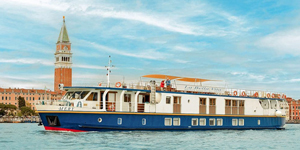
Venice & Lagoon, Bianca Canal, Po Valley
Up to 20 guests
Charters and Cabin cruises
Themed Cruises: Family, Gardens, Golf, Opera, Wine

Italian wine labels may be widely varied in how they look, however fortunately there are specific sets of information and clues that you can use to determine which wine you are looking at.
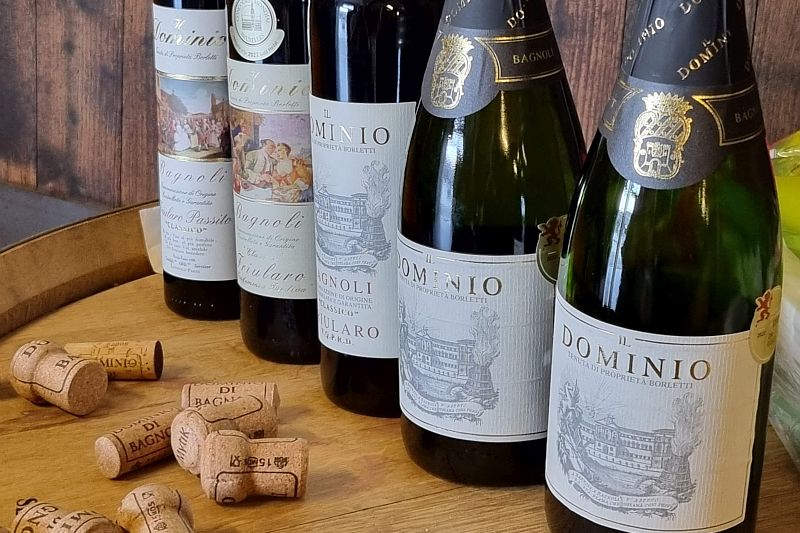
With France having been successful with its Appellation d’Origine Controlée (AOC), a wine classification system based on where and how wines are made, Italy introduced its system for classifying wines in 1963. Although the Italian DOC classification is based on the French model, it does however go one step further; not only does it specify the production area and the methods used for each wine, it also guarantees the quality of certain wines, which must pass a government taste test to qualify.
There are four main categories of Italian wine label classifications, ranging from lowest quality to highest quality:
Vino da Tavola (VdT)
Vino da Tavola (VdT), which translates as “table wine” is wine produced with grapes that do not necessarily come with a geographical indication. The grapes used to produce table wines can come from anywhere in Italy, but because they are rarely of high enough quality to be bottled for the European market or exported to the US, these wines are generally consumed locally.
Indicazione Geografica Tipica (IGT)
The broadest category of Italian wines is Indicazione Geografica Tipica (IGT). All grapes in IGT wines should come from the IGT region stated on the label, but otherwise the wines do not have to conform to strict standards regarding the style of wine. Wines in the IGT category are often, but not always, of lower quality than DOC wines.
Some producers of high quality, non-traditional wines, like the makers of some "Supertuscans", may release their wines under the IGT classification when they do not wish to adhere to the strict DOC or DOCG restrictions.
Denominazione di Origine Controllata (DOC)
The next highest quality level is Denominazione di Origine Controllata (DOC), which means "designation of controlled origin." There are 329 different DOCs in Italy, which cover many types of wine, from the sparkling wines of Prosecco, to the Vin Santo dessert wines of Tuscany, to a wide range of red and white wines across the country. Each DOC has its own rules about permitted grape varieties, maximum harvest yields, and aging requirements.
Denominazione di Origine Controllata e Garantita (DOCG)
Denominazione di Origine Controllata e Garantita (DOCG), is the highest quality level. The DOCG designation was created in 1980 in response to criticisms that there were too many DOCs and their quality was variable. DOCG wines, in contrast, were to be truly the best of what Italian wines could offer. The first DOCG wines were Barolo and Barbaresco, both red wines made from the Nebbiolo grape in Piedmont; and also Brunello di Montalcino and Vino Nobile di Montepulciano, both red wines made from the sangiovese grape in Tuscany. There are now 74 DOCG wines in Italy, with most of them concentrated in the regions of Piemonte, Tuscany, and the Veneto.
Aside from DOC or DOCG status, there are a few important words you may also see on Italian wine labels that indicate wine quality.
Classico can be added after the appellation name for wines that are made in the historic center of a wine producing region, for example Chianti Classico or Valpolicella Classico.
Superiore means that a wine has at least 0.5% higher alcohol content than the regular wine from a certain region, and also adheres to limits regarding harvesting and minimum aging.
Riserva is a wine that has aged even longer, for at least two years. These label classifications and statuses help consumers understand the quality of the wine they are buying and where it came from, and Italian wine labels can be generally classed into one of three categories by grape variety, by region or by name.
Reading an Italian Wine Label by Grape Variety
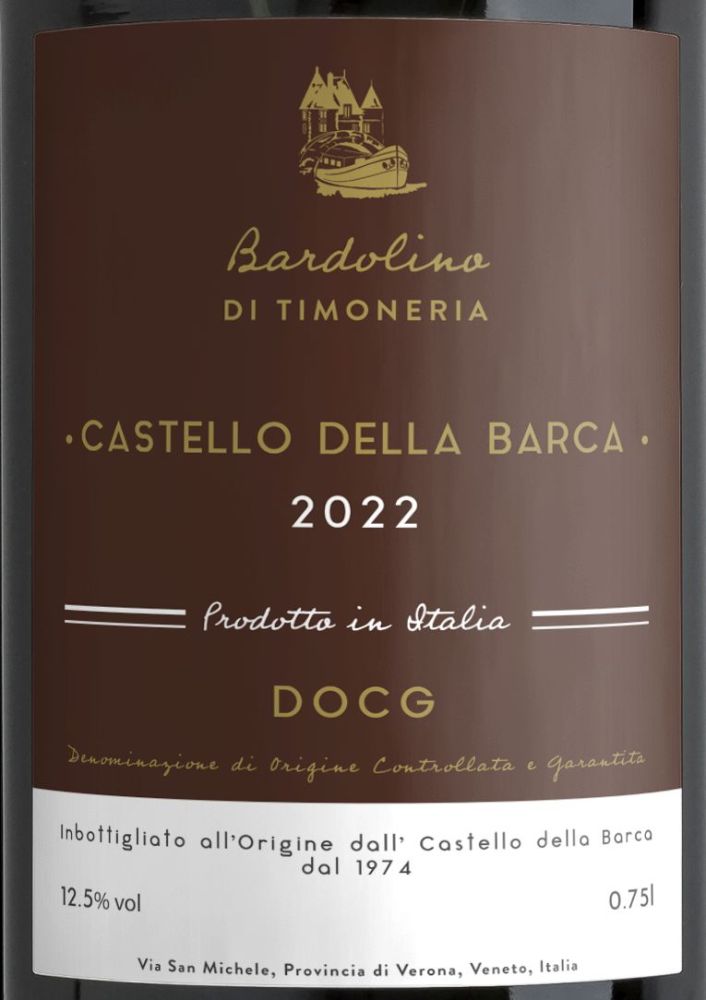
Bardolino di Timoneria, this is "Vino Nobile di Montepulciano". This can be identified through the region named on the bottle. The region, or subregion, will always be located next to the classification level (DOC, DOCG, IGT etc).
Whenever a grape variety is mentioned, it is usually named in association with a region. In the instance of Bardolino di Timoneria, this is probably a grape variety because it is "Bardolino" of "Timoneria".
There are a few instances, such as where "Vino Nobile" is a synonym of Sangiovese. However, most of the time, if you see a "di" or a "d' " the name probably refers to a grape.
Reading an Italian Wine Label by Region
If the region is listed on the label, you will always see a classification after the region's name.
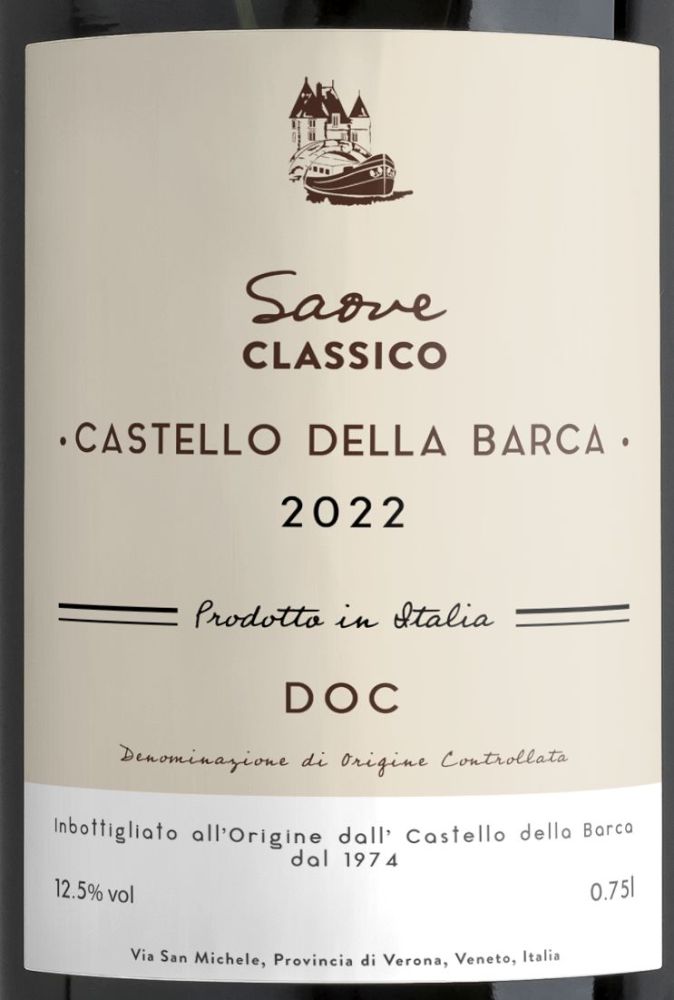
For instance, a bottle named by region/sub-region might say Soave with the words "Denominazione di Origine Controllata" next to it.
In this case, the wine is relying on the classification to tell the consumer what is inside, since according to DOC rules Soave must contain at least 70% Garganega and can contain up to 30% of Trebbiano di Soave or Chardonnay.
As the regional names cover larges areas, the classifications become less strict and the wines are usually a blend of the most popular grapes from the region.
Reading an Italian Wine Label by Name
Italian wineries will often use words such as Tenuta, Azienda, Castello or Cascina in their name.
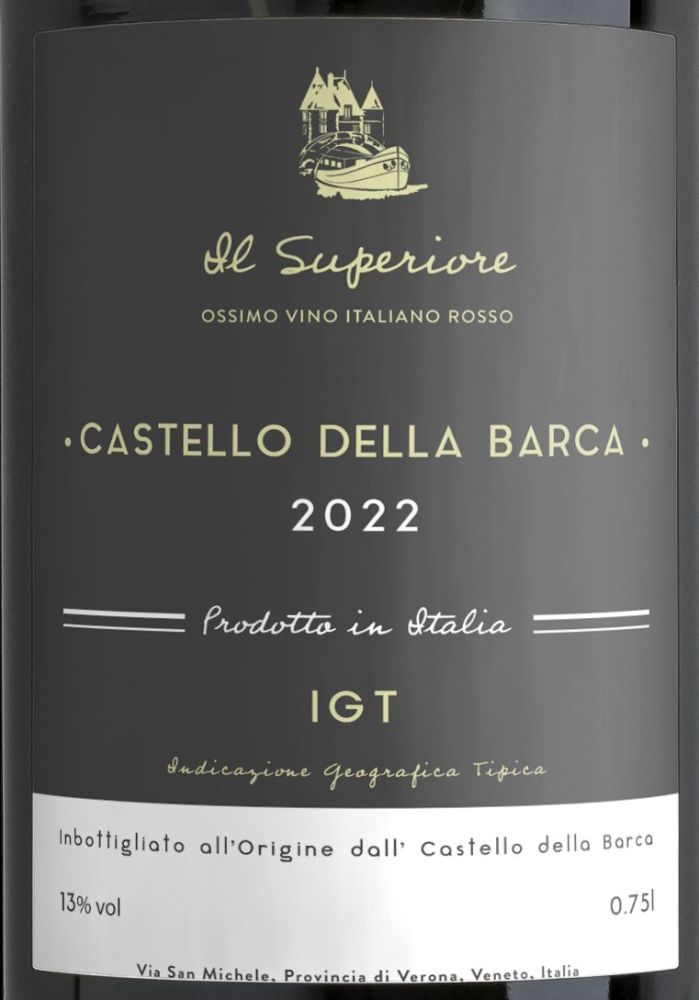
Location
One can always tell if it is a named wine by the location of the name on the label. Named wines never appear next to the wine's classification, the most common of which on named wines is IGT.
This means that producers can use both Italian and non-Italian origin grapes in their wines, such as Merlot or Cabernet Sauvignon. Some named wines have additional names on the label, which may be located next to the classification level. This means that the wine would fall under the requirements of its regional name and, in some cases, is a blend of that region's most planted grapes.
Sparkling wines
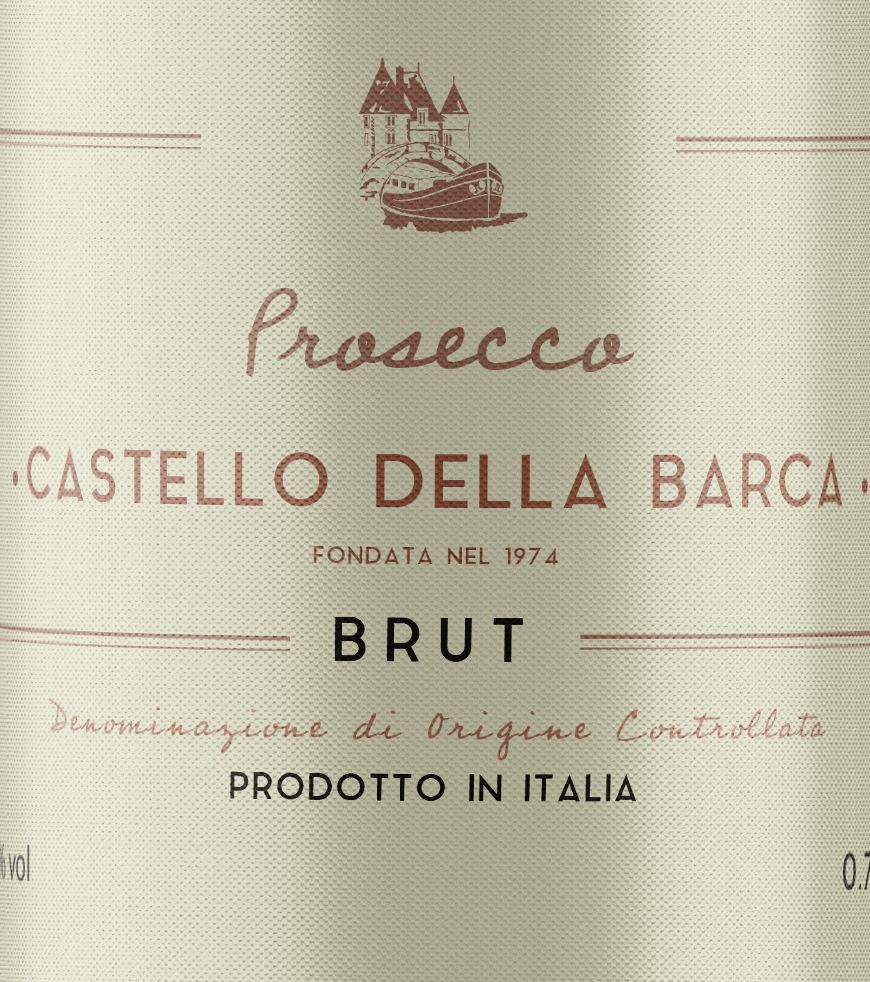
Italy's sparkling wines on the other hand, which include Prosecco, Spumante and Frizzante, use a slightly different set of rules. While it is not necessary to include the DOC or DOCG ruling on the label itself, the classification used must be included somewhere on the bottle. This is usually achieved by a thin band of paper with the winery's credentials and the DOCG classification applied to the neck of the bottle.
The band is placed not only to determine the classification of the wine, but also to certify the authenticity of the product. The band contains, amongst others, the emblem of the state in which the wine was produced, the initials of the classification – either DOC or DOCG, and a unique serial number and alphanumeric code.
A QR Code is also included on the strip that allows the consumer to verify the authenticity of the bottle using their smartphone. On the back of the bottle, the label must include the words “Prosecco” followed by either “DOC” or “DOCG” and the certification of origin in Italy – “Product of Italy” in any language.